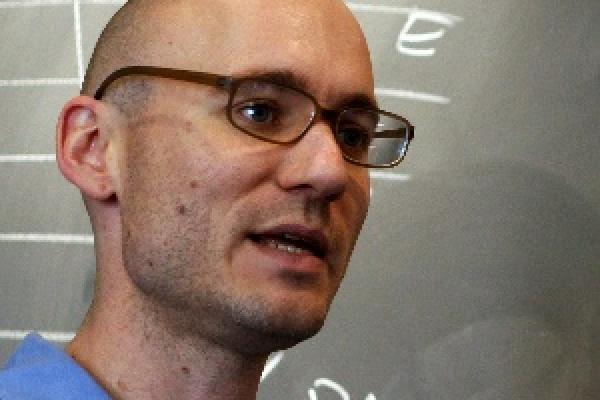
We have spent more than a century building physical models of stars. However, like in many physical models, which include (for example) the models of QCD, cosmological structure formation, and the Earth's atmosphere, the physical models disagree with the data in structured and repeatable ways, and we have enormous amounts of data to discover, test, and measure these disagreements. In many cases, we can combine good physical knowledge with good data to build a predictive model that is more powerful than any model built with either used on its own. Here I demonstrate these general points with the specific example of red-giant stars, where our data-driven model is now delivering more precise measurements of detailed stellar chemical compositions (the products of stellar nucleosynthesis) than any purely physical model.
